Scientists have discovered some of the oldest stone tools ever found at a research site in Kenya. But the find created a mystery about which group of early humans made and used the tools.
A study recently published in Science suggests early humans used the tools to cut up animals for food about 3 million years ago.
In the past, scientists thought our direct ancestors were the ones making and using tools. But two teeth from an extinct human-like creature were found at the site. This led researchers to believe that other kinds of hominins might have picked up tools too.
The term hominin is still developing and is used to describe species that are considered human or closely linked to humans.
The team said the newly found tools are probably the oldest example of what is known as the Oldowan toolkit. This was a set of tools that spread across Africa and beyond during the Stone Age.
Rick Potts is the director of the Smithsonian’s Human Origins Program. He told the Associated Press that he thinks the find adds to existing evidence that our direct ancestors may not have been the only users of Stone Age technology.
“Those teeth open up an amazing whodunit – a real question of, well, who were these earliest toolmakers?” Potts said.
The researchers said the tools date back to about 2.9 million years ago, when early humans used them to cut up hippopotamuses and other big animals for food. The study suggests these kinds of tools were widely used earlier than had been believed.
Three kinds of tools were found. These included some with flat sides believed to have been used to crush plants, bone and meat. Others had sharp edges for cutting meat.
Thomas Plummer is with Queens College of the City University of New York and was the lead writer of the study. He told the AP that, with the tools found, early humans could cut and crush a wide range of materials. In addition, he said tools from the Kenyan site also suggested they had assisted early humans with eating.
The site, known as Nyayanga, is in a hilly area on the shores of Lake Victoria. Since starting work there in 2015, researchers have also found many objects and animal bones.
Plummer said cut marks on several hippo bones show they were cut up for their meat. The early humans also likely used the tools to break open antelope bones to get out marrow and tissue inside the bones, the study said.
Plummer added that the stone tools permitted the early humans to get and process a lot of necessities from the environment. “If you can butcher a hippo, you can butcher pretty much anything,” he said.
I’m Bryan Lynn.
The Associated Press reported on this story. Bryan Lynn adapted the report for VOA Learning English.
___________________________________________________________________
Words in This Story
site –n. a place where something is or was
extinct – adj. not existing anymore
whodunit – n. a story, book or movie about a mystery and its solution
butcher – v. the act of cutting up meat
_______________________________________________________________________
What do you think of this story? We want to hear from you. We have a new comment system. Here is how it works:
- Write your comment in the box.
- Under the box, you can see four images for social media accounts. They are for Disqus, Facebook, Twitter and Google.
- Click on one image and a box appears. Enter the login for your social media account. Or you may create one on the Disqus system. It is the blue circle with “D” on it. It is free.
Each time you return to comment on the Learning English site, you can use your account and see your comments and replies to them. Our comment policy is here.



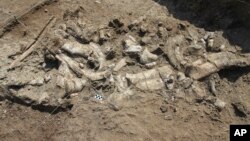


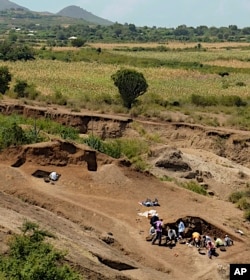
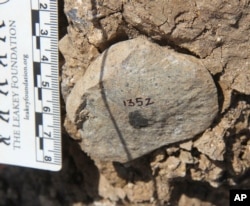
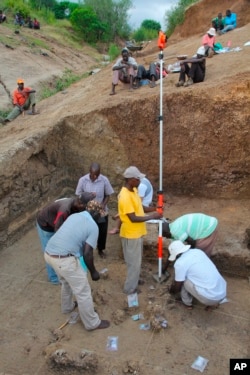
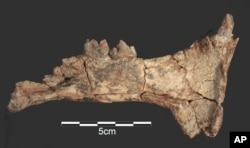



Forum